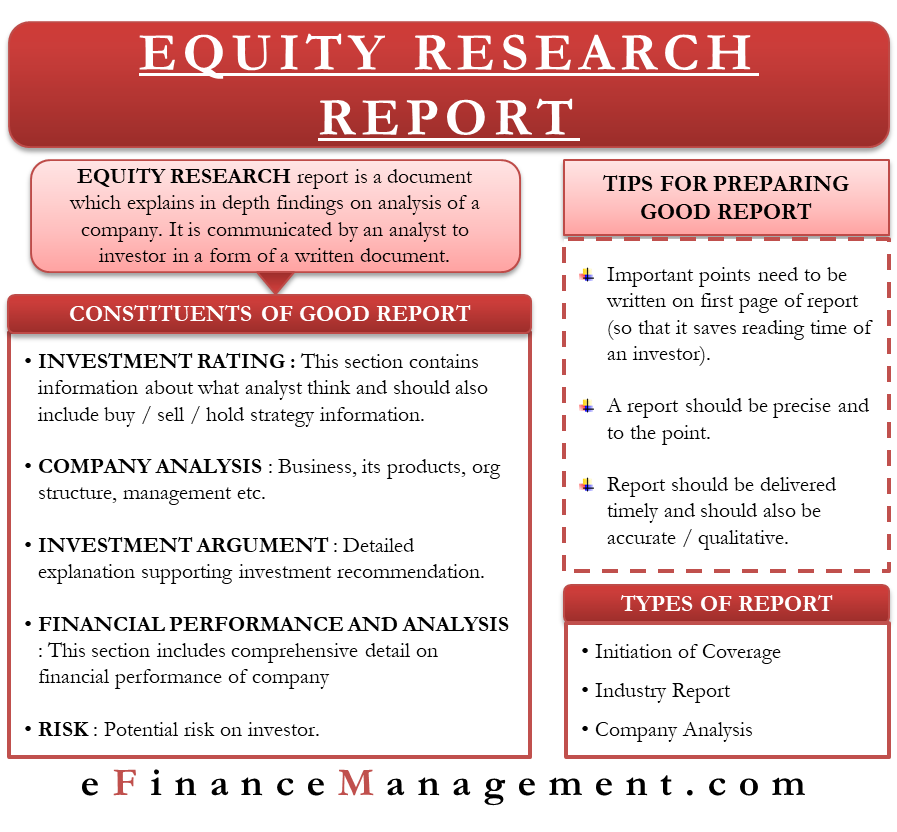Contents:


For instance, if a company has a higher fixed-costs-to-variable-costs ratio, the fixed costs exceed variable costs. When the company makes more investments in fixed costs, the increase in revenue does not affect the fixed costs. The fixed cost per unit decreases, and overall operating profits are increased. The calculation of operating leverage is important because it can determine the appropriate price point for covering your expenses and generating profit. It shows how businesses can effectively use fixed-cost assets like machinery, equipment, and warehousing to generate profit. In addition, if fixed assets gain more profits, operating leverage will improve.
They provide you with important business details so you can make every decision carefully. It also comes with payroll processing, credit management, taxation, multi-task capabilities, and automation features to make business management easier for you. It is a complete accounting software package for thorough management and analysis of your business at all times so that you can make informed business decisions at all times. However, if the sales decrease from 1,000 units to 500 units (50% decrease), the EBIT will decrease from $2,500 to 0).

Once it makes sufficient sales to fully cover all its fixed costs, the sales thereafter go to the profits of the software company. Although the software company has marketing and research costs, the fixed costs ensure they can generate higher profits once those costs are covered. The operating leverage formula measures the proportion of fixed costs per unit of variable or total cost. When comparing different companies, the same formula should be used.
In this reading, we have reviewed the fundamentals of business risk, financial risk, and measures of leverage. The degree of operating leverage allows the investors to understand many factors regarding to the company. If the sales increase from 1,000 units to 1,500 units (50% increase), the EBIT will increase from $2,500 to $5,000. Operating leverage can also be used to magnify cash flows and returns, and can be attained through increasing revenues or profit margins. Both methods are accompanied by risk, such as insolvency, but can be very beneficial to a business.
The Degree of Operating Leverage is also important for an investor, as it can indicate the risk of an investment and illustrates the performance of a company. Read on to learn how to calculate DOL and how different it is from financial leverage. DOL is one metric that can be used to access the risk profile of a company. A high DOL means that a company is more exposed to fluctuations in economic conditions and business cycles. However, in the short run, a high DOL can also mean increased profits for a company.
Based on the given information, calculate the operating leverage of Samsung Electronics Co. During 2018; the company reported revenue of $75.0 million vis-à-vis revenue of $65.0 in 2017. The company’s EBIT also increased to $30.0 million in 2018 vis-à-vis $27.0 million in 2017. Calculate Mango Inc.’s degree of operating leverage on the basis of the given information. In our example, the fixed costs are the rent expenses for each company.
Degree Of Operating Leverage: Explanation, Formula, Example, and More
Now that the value of the house decreased, Bob will see a much higher percentage loss on his investment (-245%), and a higher absolute dollar amount loss because of the cost of financing. Despite the significant drop-off in the number of units sold and the coinciding decrease in revenue, the company likely had few levers to pull to limit the damage to its margins. However, the downside case is where we can see the negative side of high DOL, as the operating margin fell from 50% to 10% due to the decrease in units sold.
Other company costs are variable costs that are only incurred when sales occur. This includes labor to assemble products and the cost of raw materials used to make products. Some companies earn less profit on each sale but can have a lower sales volume and still generate enough to cover fixed costs. The formula can reveal how well a company is using its fixed-cost items, such as its warehouse and machinery and equipment, to generate profits. The degree of operating leverage is a financial ratio that measures the sensitivity of a company’s operating income to its sales.
- Based on the expected benefit, a company can schedule its production or sales plan for a period.
- 10 Best Gold ETFs in India to Invest in April Gold ETFs or Gold Exchange Traded Funds are passively managed funds that track the price of physica…
- Companies with a large proportion of fixed costs (or costs that don’t change with production) to variable costs have higher levels of operating leverage.
- It also exposes the risk of new competitors who are working for the same target customers.
- The impact of the high fixed costs is directly seen in the firm’s ability to manage revenue fluctuations.
In comparison, variable costs contribute much of its overall cost structure in a low operating leverage. This ratio summarizes the effects of combining financial and operating leverage, and what effect this combination, or variations of this combination, has on the corporation’s earnings. Not all corporations use both operating and financial leverage, but this formula can be used if they do. A firm with a relatively high level of combined leverage is seen as riskier than a firm with less combined leverage because high leverage means more fixed costs to the firm. The higher the degree of operating leverage , the more sensitive a company’s earnings before interest and taxes are to changes in sales, assuming all other variables remain constant. The DOL ratio helps analysts determine what the impact of any change in sales will be on the company’s earnings.
What the Degree of Operating Leverage Can Tell You
Such businesses tend to have higher volatility of share prices and operating incomes in any economic catastrophe or change in demand pattern. By now, we have understood the concept of Dol, its calculation, and examples. Let’s see how the measure can impact the company’s business and financial health. Although the companies are not making hundred dollars in profit on each sale, they earn substantial income to cover their costs. The calculation of percentage change in sales is similar to the first step. Here, divide the given sale value by the opening sales and multiply by 100 to achieve the percentage.
Thus, it is important for investors to carefully consider a company’s DOL when making investment decisions. This indicates that every 1% changes in sales revenue will lead to the changes of earnings of the company of 2.2%. This indicates that every 1% changes in sales revenue will lead to the changes of earnings of the company of 2%. For example, a DOL of 2 means that if sales increase by 50%, operating income is expected to increase by twice, i.e., 100%.
The degree of operating leverage is a multiple that measures how much the operating income of a company will change in response to a change in sales. Companies with a large proportion of fixed costs (or costs that don’t change with production) to variable costs have higher levels of operating leverage. The DOL ratio assists analysts in determining the impact of any change in sales on company earnings or profit. Operating leverage lets you understand how well your business is currently using fixed and variable costs to generate profits and increase revenue. Using the operating leverage formula and calculating the operating leverage reveals how much of the total costs you are spending on fixed costs and variable costs. It can also help you find your break-even point and ensure your pricing structure is as good as it can be.
What Is DOL (Degree of Operating Leverage)?
To degree of operating leverage formula whether your business has a high or a low DOL, examine your organisation’s performance compared to other organisations. However, you should not be referring to every industry as some might have higher fixed costs than other industries. To calculate Earnings Before Interest & Taxes , subtract the operating expense from sales. Similarly, while calculating the percentage change, divide the operating income by the opening income and then multiply by 100 to get a percentage value.
What Is Leverage in Corporate Finance? Definition & Examples – TheStreet
What Is Leverage in Corporate Finance? Definition & Examples.
Posted: Thu, 10 Mar 2022 08:00:00 GMT [source]
Although Jim makes a higher profit, Bob sees a much higher return on investment because he made $27,500 profit with an investment of only $50,000 (while Jim made $50,000 profit with a $500,000 investment). Get instant access to video lessons taught by experienced investment bankers. Learn financial statement modeling, DCF, M&A, LBO, Comps and Excel shortcuts. The decisive factor of whether a company should pursue a high or low DOL structure comes down to the risk tolerance of the investor/operator.
Degree of operating leverage is the measurement of change in company operating income due to change in sales. The operating income is the earnings before interest and tax expenses. It is the same as the change of contribution margin to operating margin. As you can see from the example above, when there are changes in the proportion of fixed and variable operating costs, the degree of operating leverage will change. ABC Co reduces its variable commission from $5 per unit to $4.5 per unit and instead increase the level of fixed operating costs from $2,500 to $3,000. These changes result in the increase of degree of operating leverage from 2 to 2.2.
However, if sales fall by 10%, from $1,000 to $900, then operating income will also fall by 10%, from $100 to $90. As such, the DOL ratio can be a useful tool in forecasting a company’s financial performance. Degree of operating leverage closely relates to the concept of financial leverage, which is a key driver of shareholder value.
Degree of operating leverage, or DOL, is a ratio designed to measure a company’s sensitivity of EBIT to changes in revenue. Investors can access a company’s risk profile by analyzing the degree of operating leverage. For a low degree of operating leverage, the short-term revenue fluctuation doesn’t hurt the company’s profitability to a larger extent.
The Wharton Online and Wall Street Prep Private Equity Certificate Program
A positive ratio indicates that the level of business activity exceeds the break-even point. Within a relevant range, however, the value of the DOL ratio gradually decreases as production output increases. In other words, each incremental sale that follows will have less of an impact on EBIT. A company with high financial leverage is riskier because it can struggle to make interest payments if sales fall.
Degree of operating leverage is defined as the measurement of the changes in percentage of earnings against the changes in percentage of sales revenue. DOL is also known as the financial ratio that a company uses to measure the sensitivity of its earnings as compare to sales revenue. Recall companies with a low DOL have a higher proportion of variable costs that depend on the number of unit sales for the specific period while having fewer fixed costs each month.
Company A and company B both manufacture soda pop in glass bottles. Both companies pay an annual rent, which is their only fixed expense. But this comes out to only a $9mm increase in variable costs whereas revenue grew by $93mm ($200mm to $293mm) in the same time frame.
- Despite the significant drop-off in the number of units sold and the coinciding decrease in revenue, the company likely had few levers to pull to limit the damage to its margins.
- It is the type of cost which is not dependent on the business activity.
- A company with high operating leverage has a large proportion of fixed costs—which means that a big increase in sales can lead to outsized changes in profits.
- The operating leverage formula is used to calculate a company’s break-even point and help set appropriate selling prices to cover all costs and generate a profit.
- The higher the operating leverage, the greater the proportion of fixed costs in the company’s structure and the more sensitive the company is to changes in revenue.
- Once it makes sufficient sales to fully cover all its fixed costs, the sales thereafter go to the profits of the software company.
At the same time, the company does not need to cover large fixed costs. DOL is an important ratio to consider when making investment decisions. It measures a company’s sensitivity to sales changes of operating income. A higher degree of operating leverage equals greater risk to a company’s earnings. Whereas the low measure of DOL shows a high ratio of variable costs.
Gearing Ratios: Definition, Types of Ratios, and How To Calculate – Investopedia
Gearing Ratios: Definition, Types of Ratios, and How To Calculate.
Posted: Sun, 26 Mar 2017 05:54:26 GMT [source]
Top 10 Chit Fund Schemes in India in Chit funds are one of the most popular return-generating saving schemes in India. Treasury Management – Its Functions, Types and Benefits Even the most well-funded business can run into huge losses if it does not have the resources to fu… – Objectives, Types and Uses Ratio analysis is a process that allows people to assess the financial health of a company. The degree of Operating Leverage is calculated using the formula given below.
Thus, each marginal unit is sold at a lesser cost, creating the potential for greater profitability since fixed costs such as rent and utilities remain the same regardless of output. The company’s overall cost structure is such that the fixed cost is $100,000, while the variable cost is $25 per piece. A high operating leverage means that an overall cost structure’s large proportion is due to fixed costs.
This shows how with increased scale, for companies with relatively low DOL, the benefits to margins are lessened. An example of a company with high operating DOL would be a telecom company that has completed a build-out of its network infrastructure. Average annual growth rate is the average increase in the value of an investment, portfolio, asset, or cash stream over a period of time. The Structured Query Language comprises several different data types that allow it to store different types of information… Gain in-demand industry knowledge and hands-on practice that will help you stand out from the competition and become a world-class financial analyst. Learn accounting fundamentals and how to read financial statements with CFI’s free online accounting classes.

Ratio analysis is the most commonly used method for assessing a firm’s financial health, profitability, and riskiness. They need to have a strong marketing strategy to maintain the market share. It also exposes the risk of new competitors who are working for the same target customers. Use this information to calculate the degree of leverage of company A by using all the formulas above.
The degree of combined leverage measures the cumulative effect of operating leverage and financial leverage on the earnings per share. The change is calculated at a given change in the revenues or sales. The DOL of a firm gives an instant look into the cost structure of the firm. The degree of operating leverage directly impacts the firm’s profitability. We already discussed that the higher operating leverage implies higher fixed costs.

